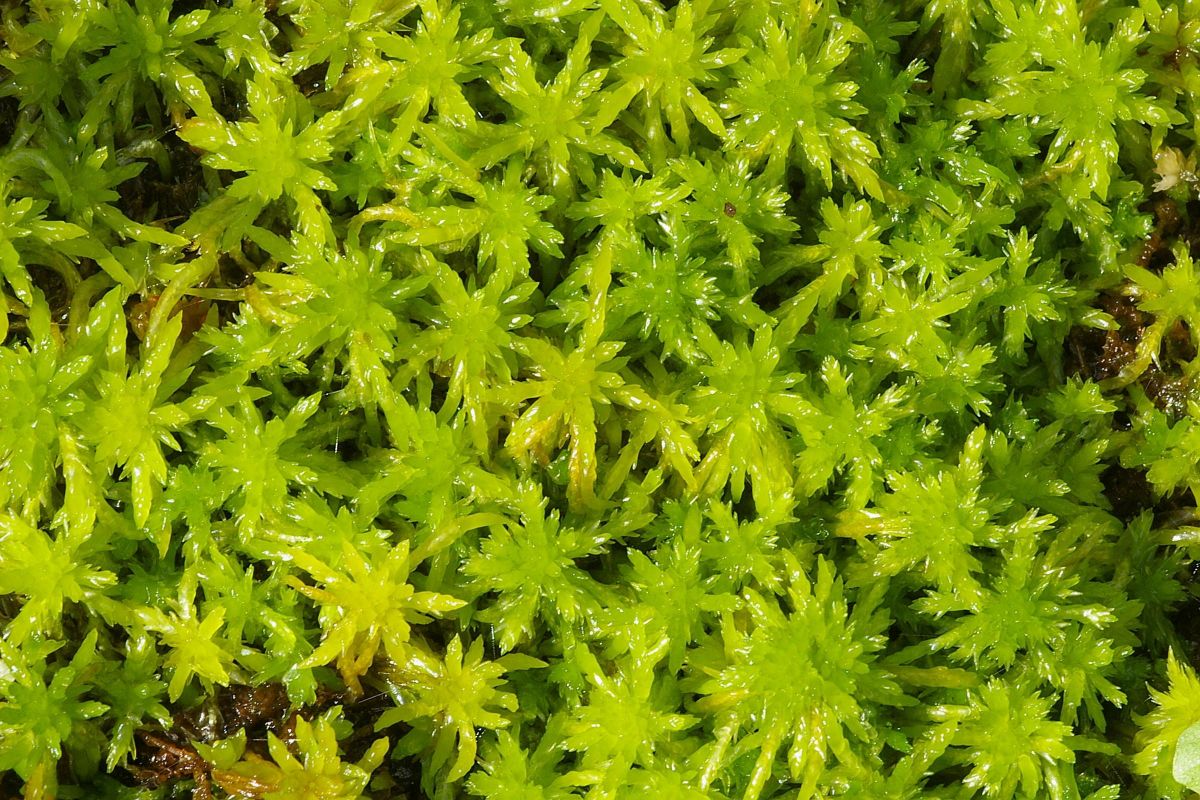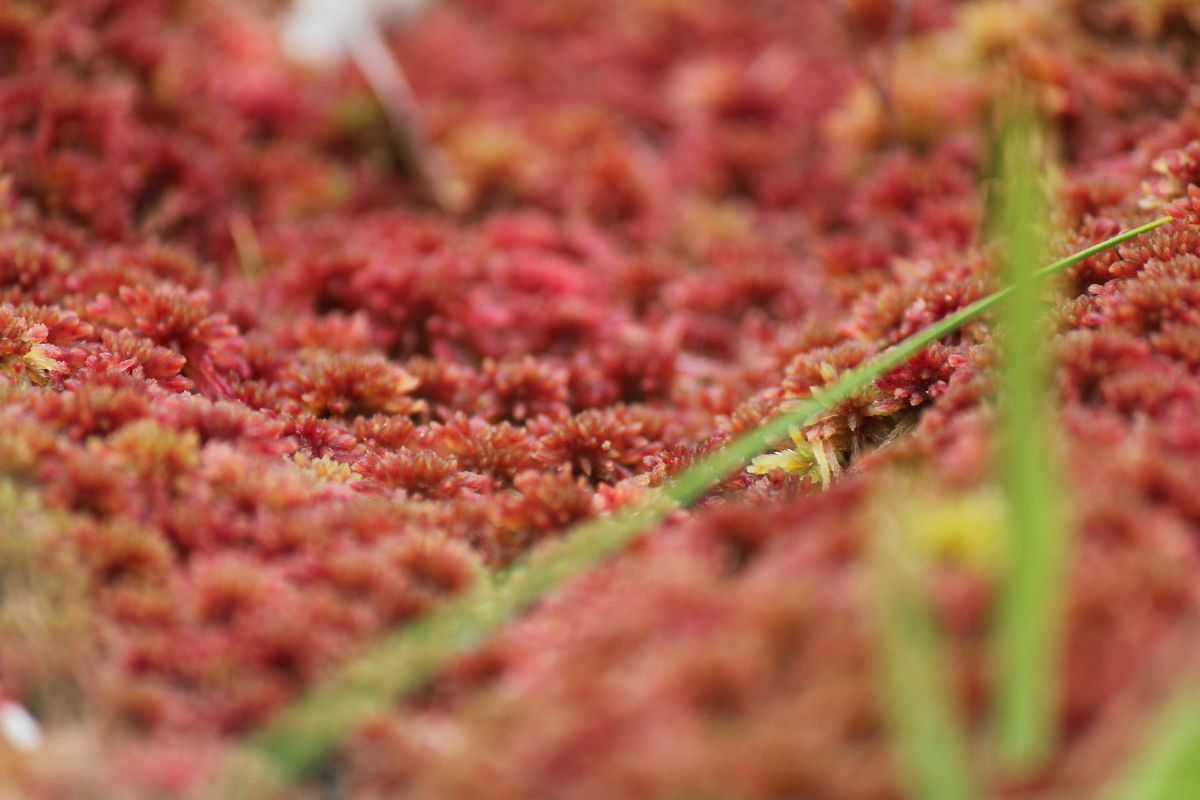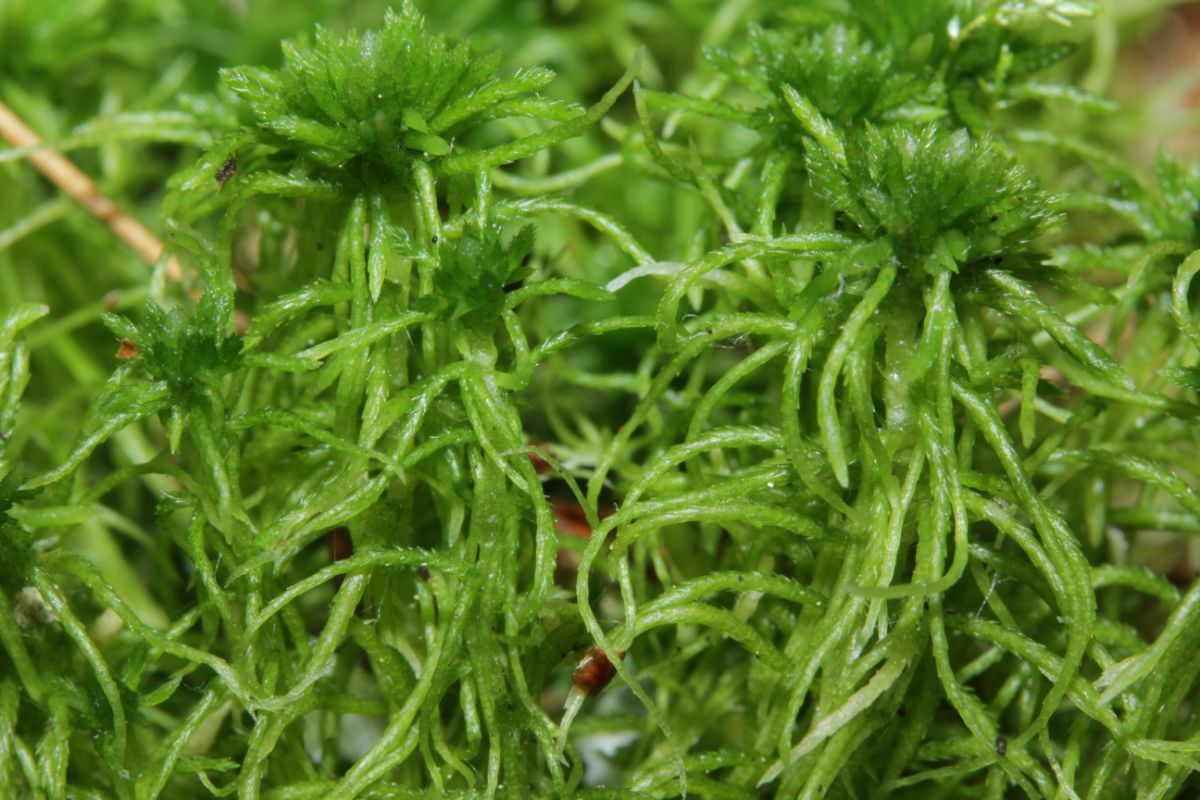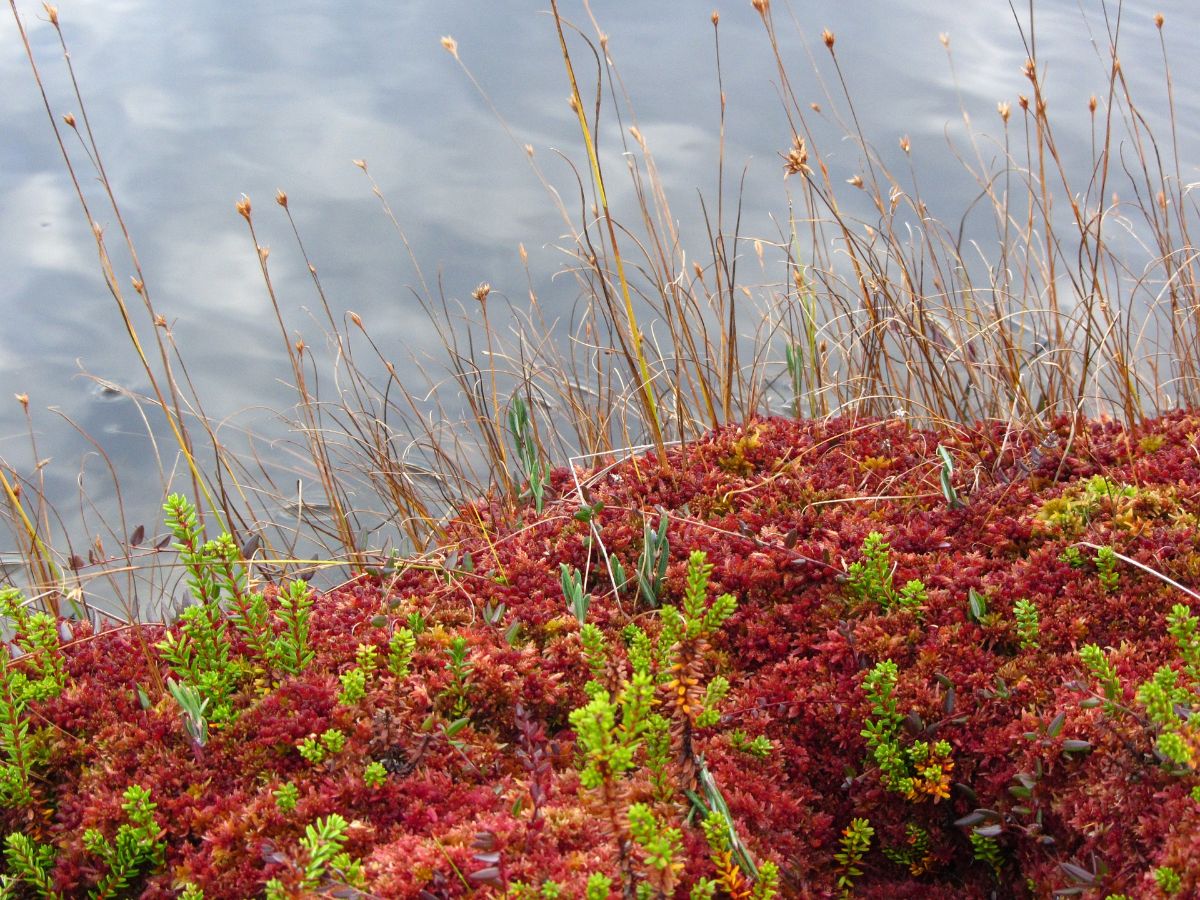
Have you ever heard of the Sphagnum? Do you know that this is a genus of moss species? This plant is one of the most appreciated, but also one of the most unknown, and it is because we do not usually pay too much attention to mosses.
However, if it has caught your attention and you want to know what is he Sphagnum, what is it used for, what types exist and what are the cares for, then we are going to reveal everything to you.
What is the Sphagnum

El Sphagnum, also known as sphagnum, is a genus of mosses that includes between 150 and 350 different species. These are called peat mosses and yes, as the name suggests, they serve as peat. This is because this species is able to retain water in its cells, thus nourishing the plants that are close to them. The retention is so great that it is sometimes able to retain more than 20 times its dry weight in water.
Physically, the Sphagnum It is made up of a taproot and two or three spreading branches, plus 2-4 pendants. At the top of the plant you also have some side branches. It is from the root that the plant has two types of cells, some living (chlorophyll cells), green in color; and other dead (hyaline cells), transparent. It is these that are responsible for water retention, but also for keeping the plant healthy even in periods of drought.
It is present mainly in the Northern Hemisphere of the world, in humid areas and where it can spread easily. In the Southern Hemisphere it also has some presence, but the truth is that there are very few species in that area.
Sphagnum vs other mosses
There are times when mosses are very similar to each other, but this is not the case with the Sphagnum, which has some clear differences from other moss species, as they are:
- That the branches are grouped in fascicles from the stems.
- That it has two types of cells, some green and others transparent.
- Their spherical sporophytes are different. On the one hand, they lack a peristome; on the other, they are supported by a gametophytic tissue structure.
What is the Sphagnum

Now that you know a little more about the Sphagnum, It is time for you to know what are the usual uses that are given to this genus of mosses. And it is not only useful at a decorative level, but also it has other uses such as:
- Help support the plant. Being compact, it is possible that the plant is held thanks to this so that it does not move and is fixed to the ground where you have planted it.
- Hydration for the plant. Due to its characteristics of retaining water in its cells, which allows that, when they need it, they can have water.
- The humidity increases, also related to the above, due to the accumulation of water.
- Increases the development capacity of the plant. This is because the Sphagnum it does not weigh down the soil, on the contrary, it allows it to become oxygenated, which encourages the roots to grow and spread easily throughout the soil, since they have greater oxygenation without rotting.
- Thanks to their pH, they are plants that prevent weeds from growing around them. Keep in mind that they develop in a soil with a pH between 3 and 4,5.
- It is ideal for carnivorous plants, because it helps them to develop and grow. This is in part because it lacks nutrients, so plants have to grow faster in order to get the food they need to nourish themselves. It is also used in other plants such as vertical gardens, orchids, kokedamas, etc.
- In the Arctic, the Sphagnum It is used as an insulating material, due to its properties. In addition, in the nurseries themselves it is used as a substrate, so that the plants are healthier and do not deteriorate during the time they remain there.
Species of Sphagnum

As we have said before, the Sphagnum it encompasses between 150 and 350 different species. Most of them are in the Northern Hemisphere, and the truth is that very little is known about them. The most common and well-known are the following:
sphagnum affine
It is the most common because turns into peat, so it is commonly marketed.
It differs from other species in that its color is not the usual green, but it acquires a yellow hue.
Sphagnum magellanicum
Endemic to Argentina, Peru and Chile.
Sphagnum novo-caledoniae
Originally from New Caledonia, it can only be found in three specific locations: the Tao Forests, the Dogny Plateau, and Mount Panie.
It grows on everything in stones of streams, at about 730-1200 meters above sea level.
Sphagnum subnitens
It sits on temperate and subtropical places, but also in polar climates. It is present in Antarctica, North America, Asia, Europe and New Zealand.
As for its natural habitat, this is in wetlands, bogs and swamps.
Care
After everything you've seen, are you interested in cultivating Sphagnum? Do you want to know what basic care you need? Then take a look at this guide that we have prepared for you:
Orientation
It is important that the moss Sphagnum you place it in a semi-shadow place, since if it gets direct sun it is capable of burning the moss, and aesthetically it will not look pretty in any way.
Lighting design
It needs a lot of light, but this cannot be direct, but indirect.
Humidity
It is important to provide you with a constant humidity and as high as possible. This moss tolerates being continuously soaked in water, especially in the summer months, which is when it can suffer the most due to the dry environment (to the point of burning the fibers).
The indication that you have gone over the water is when you see that the moss turns a dark green color. If that happens, the roots begin to rot, and that is when you must act, either by immediately changing it to another pot or stopping watering completely so that it recovers.
Su natural cycle extends from 2 to 10 years of life, that is, it is not a plant that you are going to have forever but that you are only going to keep it for a short period.
Do you dare to have Sphagnum in your house?